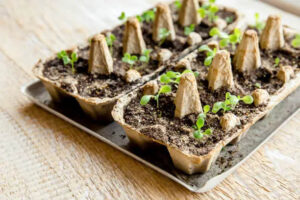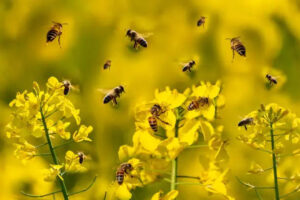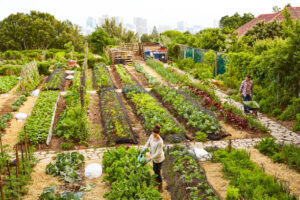Not all gardens bask in the sun, and not all parts of a yard enjoy the bright, direct light that many plants crave. However, shady areas provide a unique opportunity to cultivate a lush, vibrant garden by choosing the right plants that thrive in low light conditions. Whether your garden is shadowed by large trees or buildings, or you have a yard facing north, there are plenty of plants that can flourish in the shade. This article highlights some of the best flowers and plants that grow well in shade or low-light areas, transforming dim spots into stunning garden features.
1. Hostas

Hostas are one of the most popular shade-loving perennials. Known for their lush foliage, they come in a variety of colors, shapes, and sizes. Their leaves can be solid or variegated, adding visual interest to shady areas. While they are primarily grown for their foliage, hostas also produce delicate flowers during the summer.
2. Ferns

Ferns are another excellent choice for shaded gardens, with their graceful fronds adding texture and a prehistoric feel. They thrive in moist, cool conditions typical of shaded areas. Popular varieties include the lady fern, Japanese painted fern, and Christmas fern, all of which are known for their adaptability and minimal care requirements.
3. Astilbe

Astilbe is a perennial with feathery, plume-like flowers that come in shades of white, pink, and red. They bloom in early summer and can add a splash of color to the darker corners of your garden. Astilbe thrives in shade and requires moist, well-drained soil.
4. Bleeding Heart (Dicentra)

The bleeding heart is cherished for its unique, heart-shaped pink and white flowers that dangle beautifully from arching stems. It’s an excellent choice for shaded gardens, blooming in late spring to early summer. Bleeding hearts do best in cool, moist conditions and can add a touch of romance to any shade garden.
5. Hellebores

Hellebores, also known as Lenten roses, are one of the earliest perennials to bloom, often appearing in late winter or early spring. Their flowers come in shades of white, green, pink, purple, and even black. Hellebores are perfect for shaded areas as they prefer to be protected from the intense midday sun.
6. Hydrangeas

Hydrangeas are well-known for their large, showy blooms that can vary in color based on the pH of the soil. While some species prefer more sun, varieties like the bigleaf hydrangea (Hydrangea macrophylla) and oakleaf hydrangea (Hydrangea quercifolia) perform well in partial to full shade, especially in hot climates.
7. Foxglove (Digitalis)

Foxgloves are biennials or short-lived perennials that produce tall spikes of tubular flowers, ranging from purple to white. They thrive in medium shade but can tolerate morning sun. Foxgloves are ideal for adding height and color to shaded garden beds.
8. Primrose

Primroses are one of the first flowers to bloom in spring, offering bright pops of color in yellow, pink, red, and purple. They prefer indirect light and cool, moist soil, making them suitable for shaded areas that might not work for more sun-loving plants.
Design Tips for Shade Gardens
- Layering: Incorporate different heights and textures by using taller plants like hydrangeas or foxgloves at the back of beds, with shorter plants like hostas and primroses in the foreground.
- Focus on Foliage: In deeply shaded areas, focus on plants with interesting foliage, as flowers may not bloom as prolifically.
- Soil Quality: Enhance the soil with compost to ensure it is rich and well-draining, as shady areas can sometimes be damp and low in nutrients.
Creating a garden in shaded parts of your yard doesn’t mean you have to settle for sparse or dull areas. With the right plants, these parts of your garden can become the most enchanting and delightful spaces, filled with lush foliage and vibrant flowers. By choosing plants adapted to lower light conditions, you can ensure a healthy, thriving garden that brings beauty to every corner.










